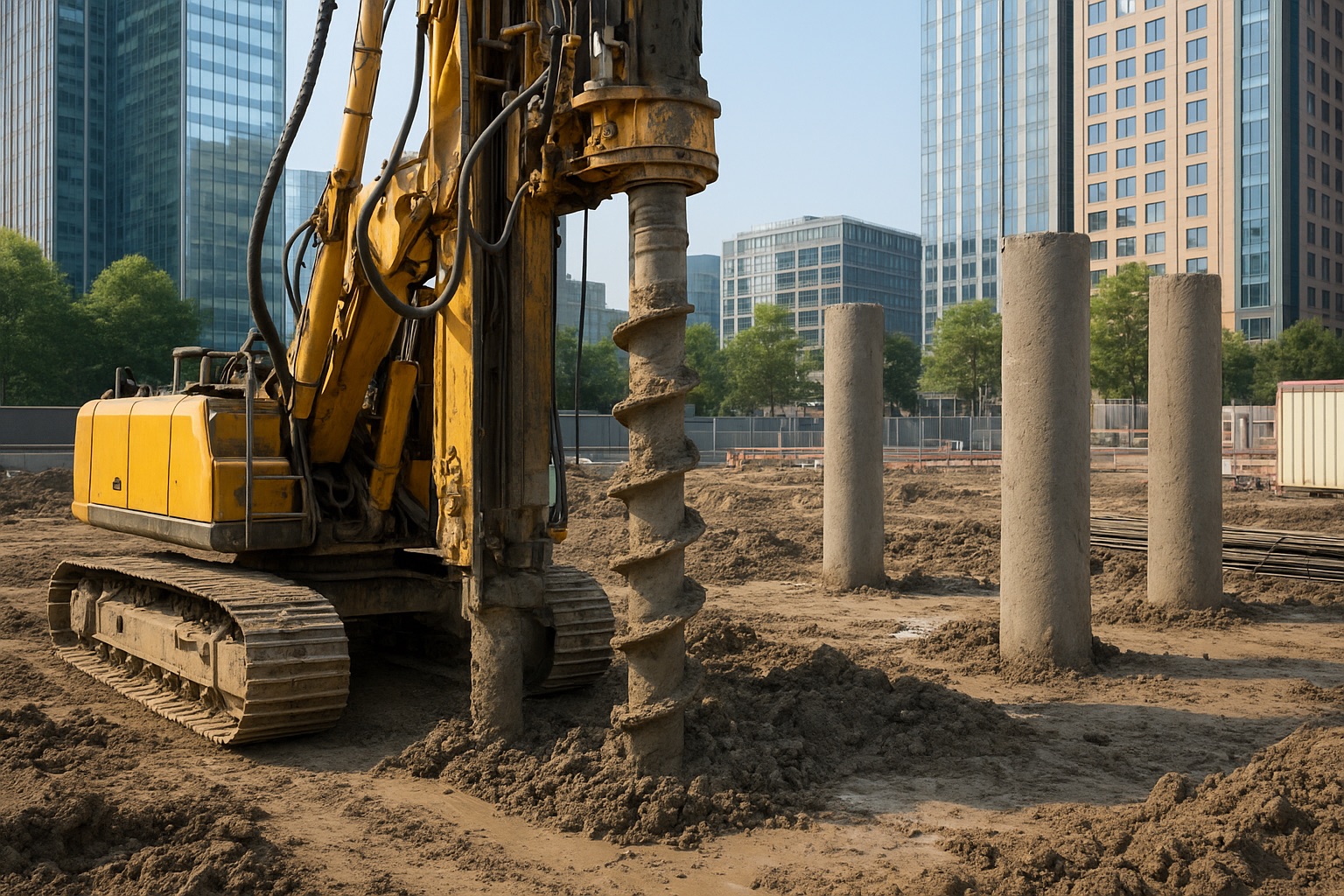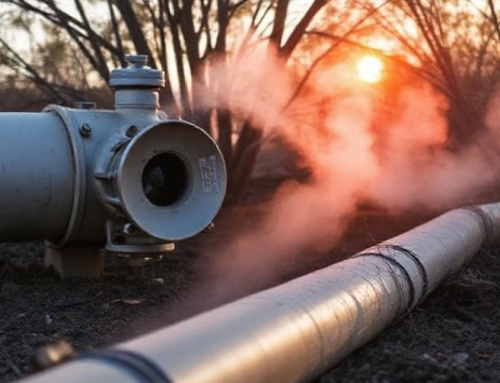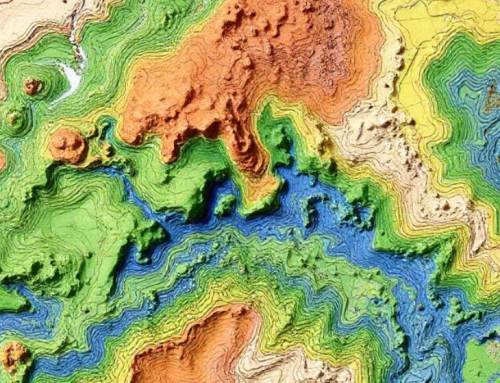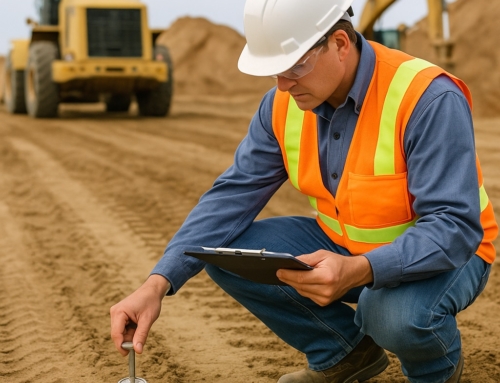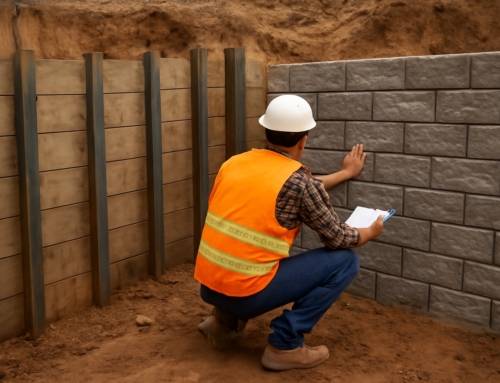Liquefaction is a hidden danger. It strikes in earthquakes. Solid ground can turn liquid in seconds. Buildings tilt. Pipes float. Roads break. Lives are at risk.
Southern California is a high-risk area. Mapped liquefaction zones cover much of Los Angeles. The California Geological Survey (CGS) highlights these areas. The Seismic Hazard Mapping Act enforces action. The Los Angeles Department of Building and Safety (LADBS) requires mitigation.
Two methods work best. They are deep soil mixing (DSM) and jet grouting. Both strengthen weak soils. Both save structures from collapse. Both are approved under the California Building Code (CBC).
What Is Liquefaction and Why Is It Dangerous?
Liquefaction happens in saturated sandy soils. Earthquake shaking raises pore water pressure. Soil particles lose contact. The ground behaves like a liquid.
The results are severe. Foundations sink. Bridges tilt. Roads ripple. Slopes fail. Pipelines float to the surface.
The process happens fast. During shaking, water pressure in pores builds. Grains of sand lose friction. The soil cannot support loads. A foundation may drop several inches in seconds.
Secondary effects follow. Sand boils erupt at the surface. Structures tilt unevenly. Underground utilities rupture. Hillside sites face combined risks of slope failure and settlement.
Liquefaction damage is not uniform. One side of a building may settle more than the other. This differential settlement cracks walls and slabs. Bridges may lose support at one end while the other remains intact. This imbalance is one reason Caltrans requires liquefaction analysis on every major project.
History proves the risk. 1964 Niigata, Japan: Entire blocks tilted. 1994 Northridge, California: Sand boils and settlements appeared. 2011 Christchurch, New Zealand: Streets cracked, houses collapsed.
Los Angeles faces the same risk. CGS maps show liquefaction hazard areas. Local rules require treatment before construction. LADBS reviews every geotechnical report.
Ground Improvement for Liquefaction Zones in Los Angeles
Ground improvement means making soils safer. It is the process of changing soil properties. Engineers do this before building foundations. It reduces earthquake risk. It prevents settlement problems.
The goal is clear:
- Increase strength. Weak soils cannot carry loads. By mixing with cement or grout, soil gains higher shear strength. This strength prevents collapse during shaking.
- Reduce settlement. Earthquakes cause soil to compact unevenly. This leads to tilting and cracking. Improved soils settle less. Structures remain stable and serviceable.
- Control pore pressure. Shaking builds up water pressure in soil pores. If pressure gets too high, the soil liquefies. Improvement methods drain or stiffen soils. This keeps pore pressure low.
- Prevent failure. Failure means loss of support. It can be sudden and dangerous. Ground treatment lowers the chance of catastrophic loss.
There are many ways. Vibro compaction densifies sands. Stone columns drain and reinforce. Sand drains reduce pore pressure. But DSM and jet grouting are often chosen.
Why? Because cities are crowded. Excavation is often not possible. Groundwater levels are high. Urban projects need precise solutions. That is where DSM and jet grouting shine.
The right inspections prevent project delays and the risky projects or the budgets. Properly framed inspections safeguard schedules, jobs and project budgets. I
Deep Soil Mixing (DSM)
DSM is powerful. It mixes soil with cement slurry underground. Large augers drill down. Cement or lime is pumped in. The augers rotate and blend the soil. The result is a soil-cement column.
These columns are strong. Shear strength rises several times. Settlement is reduced. Liquefaction is prevented.
DSM works for loose sands, silts, and clays. Depths are usually 10–30 feet. Larger projects can go deeper.
Equipment is large. It includes drill rigs with mixing augers. Mixing blades stir the soil while slurry is pumped. The process requires heavy cranes and slurry plants. Crews monitor pressure, depth, and slurry flow in real time.
Quality control is strict. Samples are tested for Unconfined Compressive Strength (UCS). Wet grabs and coring are used. In Los Angeles, LADBS requires test reports. A geotechnical engineer of record oversees the process.
Read more to find out Why Every building, bridge, or roadway must follow strict codes.
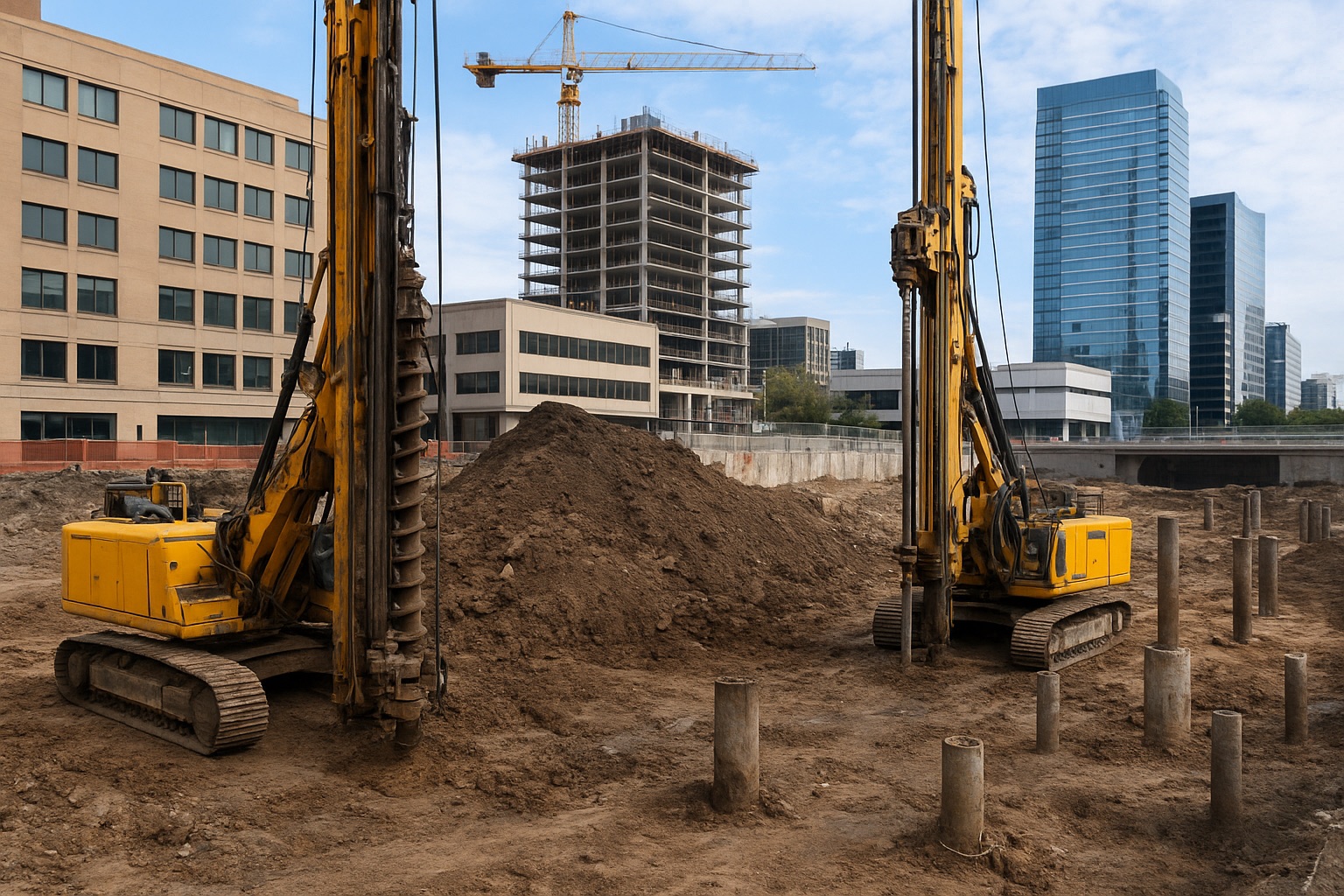
Deep soil mixing equipment operating at an urban construction site with concrete columns being installed to control liquefaction risk.
Jet Grouting for Deep Soil Sections
Jet grouting is more advanced. It uses very high pressure. Grout is injected through slim drill rods. The jet stream cuts the soil. It mixes cement with soil in place.
The result is a grouted column or panel. Shapes can vary. It can reach shallow or deep zones. It can go under existing buildings. It is perfect for tight access sites.
Equipment is specialized. It includes grout pumps, high-pressure nozzles, and drill rigs. Operators control jet velocity, rotation, and lift speed. These variables determine column size and strength.
Jet grouting works near property lines. It is used in foundation retrofits. It stabilizes slopes. It protects underground utilities.
But it requires skill. Contractors must have advanced equipment. Precision is vital. Projects near Caltrans freeways and Metro rail tunnels often use jet grouting.
Design and Engineering for Deep Soil Mixing
Design starts with soil tests. CPT and SPT results show liquefaction risk. Engineers then set target strengths.
- Column spacing is planned.
- Diameter and depth are chosen.
- Overlap ensures full coverage.
- Factor of Safety (FoS) is checked. Usually, FoS > 1.2 is required.
Design also considers water tables. In coastal California, groundwater is high. Columns must extend below the liquefiable layer. Engineers often design overlap to form block improvements.
Testing is mandatory. Lab mix design comes first. Field trials follow. Quality assurance includes UCS testing, grab samples, and coring.
The California Building Code (CBC) sets standards. SP 117A from CGS gives guidance. LADBS requires a final report with test results. Without proof of treatment, permits are denied.
Code and Local Rules for Liquefaction Protection and Safety
Liquefaction work in California follows strict rules.
- California Geological Survey (CGS): Issues hazard maps and SP 117A.
- California Building Code (CBC): Chapter 18 governs soils.
- LADBS: Reviews mitigation in Los Angeles City.
- LA County Public Works: Covers unincorporated areas.
- Caltrans: Requires mitigation for bridges and highways.
- Metro: Needs ground stabilization for tunnels and tracks.
Each agency requires a full geotechnical report. These involve soil borings, liquidation study and mitigation planning. Arrangements have to display column structures, goals and QA/QC program. Construction cannot proceed without approval.
Case Study: Los Angeles
A project in Downtown Los Angeles faced high liquefaction risk. CPT and SPT confirmed weak saturated soils. The site was in a mapped hazard zone.
The solution used both DSM and jet grouting. DSM was applied in open areas. Jet grouting worked near utilities and buildings.
The results were strong. Soil strength reached over 200 psi. The Factor of Safety exceeded 1.5. LADBS approved the work. Settlement was reduced. The project secured its building permit.
Advantages and Limitations
Advantages
- Works in weak, saturated soils. DSM and jet grouting are designed for difficult sites. They have been doing well in sandy, silty and Clayey soils.
- Gives it a long-term stability. The columns of soil- cement have a strength of decades. They resist weathering and groundwater movement.
- Precise strength control. Engineers can design exact values for soil strength and stiffness. Mix ratios can be adjusted in real time. Jet grouting allows flexible geometry.
- Minimal disruption to neighbors. Urban sites are sensitive. Noise, vibration, and traffic are concerns. DSM and jet grouting create less vibration than pile driving.
- Little maintenance after work. Once installed, columns stay effective. No pumps, filters, or drains need replacement.
Limitations
- Higher cost than basic methods. DSM and jet grouting use specialized machines. Materials such as cement and grout add to costs.
- Requires skilled crews. Not every contractor can do this work. Crews must be trained and experienced. Improper mixing leads to weak columns.
- Needs specialized machines. DSM rigs are large. Jet grouting requires high-pressure pumps. Support equipment includes slurry plants and cranes.
- Hard in soils with many boulders. Large cobbles and boulders block augers and jets. Mixing becomes uneven. Columns may be incomplete.
- Not always good for very shallow sites. If the liquefiable layer is only a few feet thick, DSM may be inefficient. Jet grouting may overshoot the target zone.
- DSM and jet grouting offer durable results. Soil-cement columns maintain strength for decades. Unlike drainage systems, they do not clog.
- Maintenance is minimal. Once installed, no active system is required. That is why cities like Los Angeles rely on them. They provide permanent risk reduction.
Key Takeaways for Liquefaction Mitigation
Liquefaction is a real danger in Los Angeles. It can destroy structures in seconds. The solution lies in deep soil mixing and jet grouting.
These methods strengthen weak soils. They control pore water pressure. They prevent structural failure. They comply with California’s strict seismic rules.
With proper design and quality control, they protect lives. They secure buildings, bridges, and roads. They give long-term stability in seismic zones.
DSM and jet grouting are not just techniques. They are lifelines for projects in liquefaction zones.
Conclusion
Is your site in a Los Angeles liquefaction zone? We provide soil testing and full design services. Our experts recommend DSM or jet grouting as needed. Contact us today for a safe and code-compliant solution.
Build with knowledge. Build with confidence. Build smart from the ground up.


